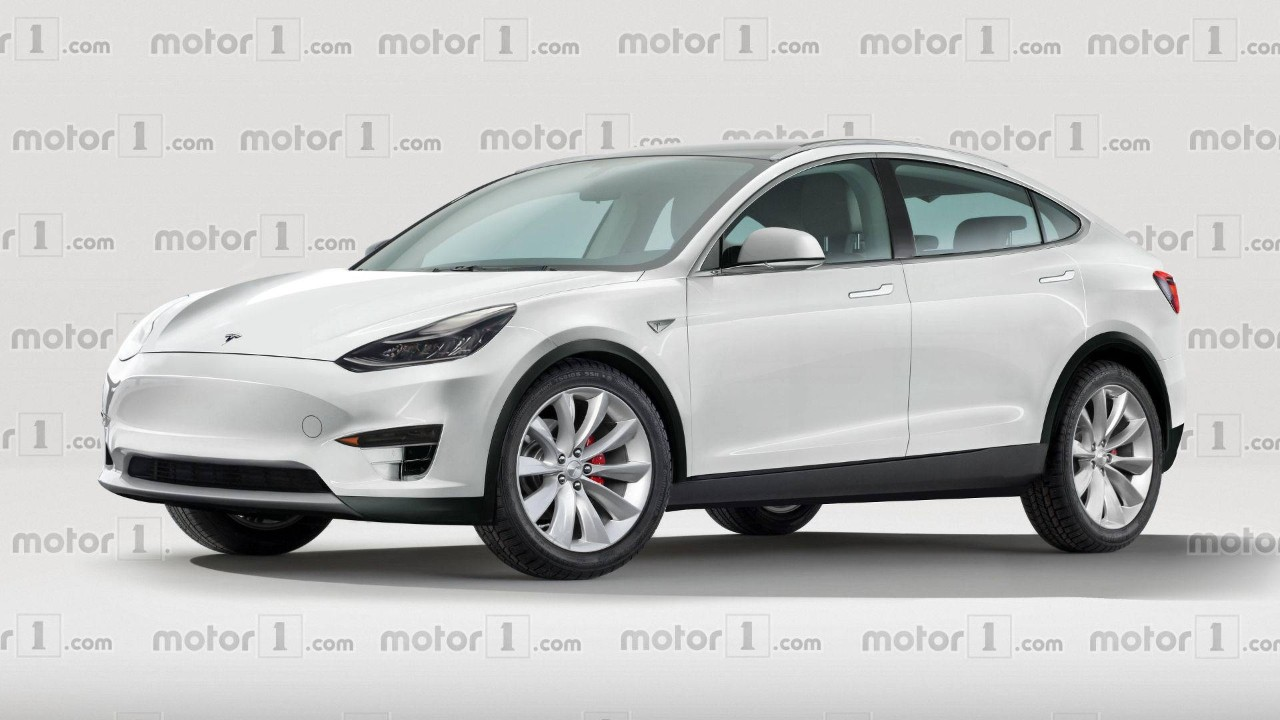Today, Business Insider obtained a production plan for the Tesla Model Y, which had been sent to Tesla engineers a few weeks prior to the release of Tesla’s Q3 earnings report. There is a large amount of information in this leaked document, let’s take a look together.
According to the leaked document, Tesla has significantly accelerated the production schedule for the Model Y project. Key points of information include:
-
Before June 1, 2020, establish the first Model Y trial production line at Gigafactory 1 in Nevada, with production starting on August 1. Production capacity will reach 2,000 vehicles/week by September 1 and 7,000 vehicles/week by December 20.
-
In October 2020, establish the first overseas Model Y trial production line at Gigafactory 3 in Shanghai, China, with production capacity reaching 2,000 vehicles/week in November/December and 5,000 vehicles/week by February 2021.
-
Similar to how the Model S is based on the Model X, the Model Y is developed based on the Model 3 platform, with differentiation in configurations including IP Riser, a center console riser, and a three-row seating design.
Business Insider reached out to a Tesla spokesperson who provided the following official response:
The timelines and information shared here are outdated. When we have details to announce, we will certainly share them. In the meantime, we remain focused on Model 3, which we are excited to bring to Europe and China early next year.
The timelines and information shared in the (leaked) document are outdated. When we have project details to share, we will certainly release them. Currently, we remain focused on the Model 3, which we are excited to introduce to the European and Chinese markets early next year.
After the statement was released, Fred Lambert, Editor-in-Chief of Electrek, a Tesla news website approved by Tesla, commented that the Tesla spokesperson did not deny the authenticity of the document, and Tesla did not indicate which information was “outdated,” which leads me to believe that the information in the document is basically accurate.But there is one issue, and a comment on our Weibo after the file information was synchronized reads: “This is only Elon time. Due to Elon Musk’s overly ambitious target, Tesla’s delays have become commonplace. Unless something unexpected happens, the production time of Model Y should also be delayed.”
Looking at the production capacity plan of Model Y, it will start production on August 1st, with a production capacity of 7,000 vehicles per week before December 20th. Does it sound familiar? Yes, a year ago, Model 3 had a similar production capacity plan.
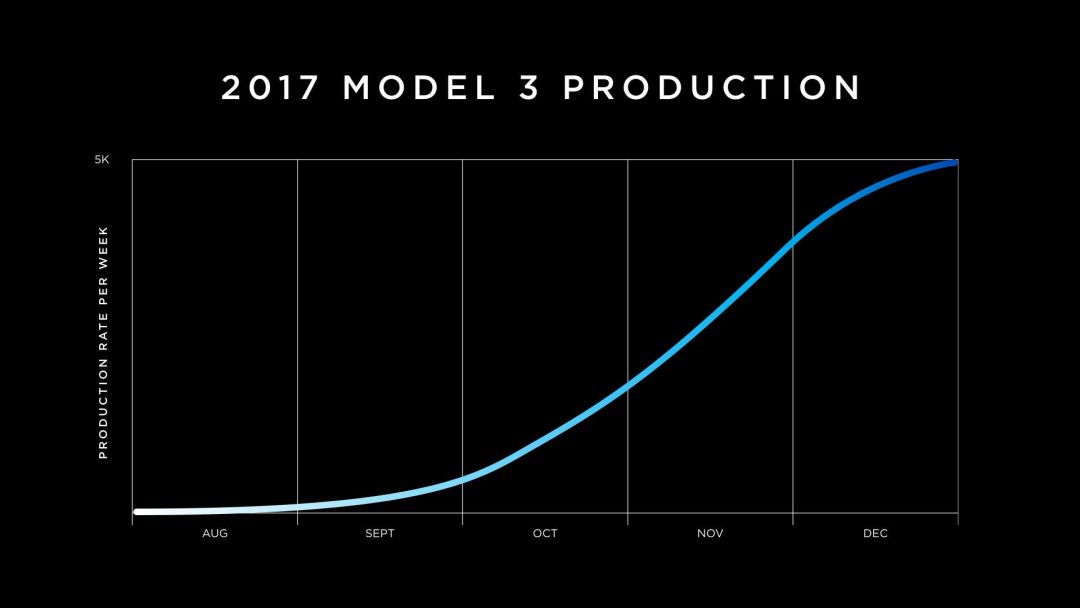
The difference is that on the Model 3 project, Tesla wanted to increase production capacity from zero to 5,000 vehicles per week in 5 months, while on the Model Y project, Tesla hopes to increase production capacity from zero to 7,000 vehicles per week in less than 5 months. However, it took Tesla over a year for Model 3’s production capacity to truly stabilize at 5,000 vehicles per week.
The first challenge of Model Y’s production is that the time for the production ramp-up is too tight.
The second challenge: Although Model Y is based on the Model 3 platform, it still has many innovations. The above-mentioned differentiated configurations include the IP riser and a center console riser. The so-called IP refers to the Instrumental Panel, and the center console includes components such as the center armrest and cup holder. A picture is worth a thousand words.
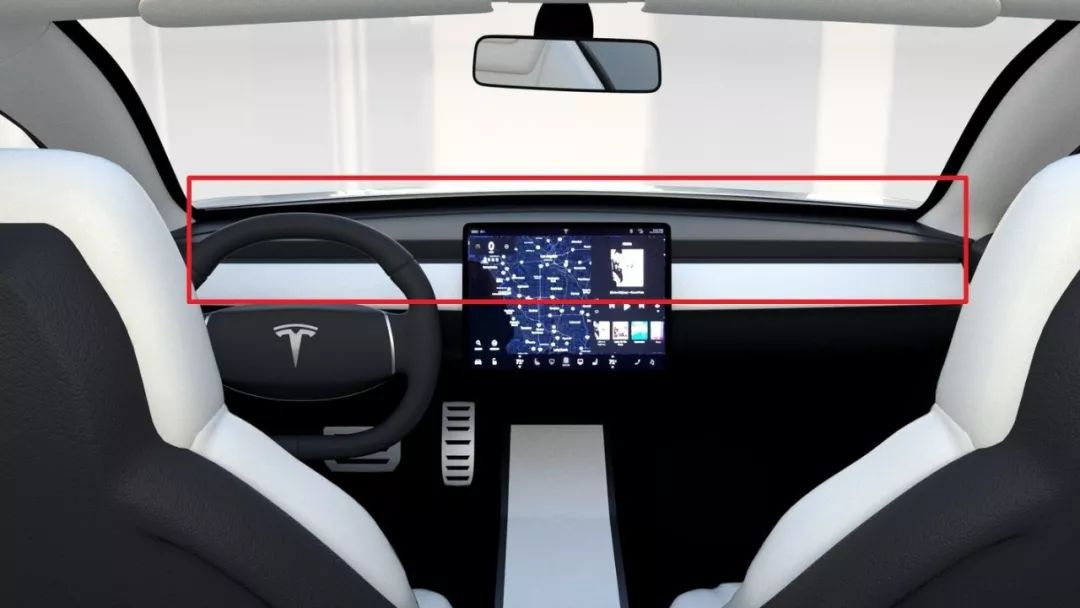
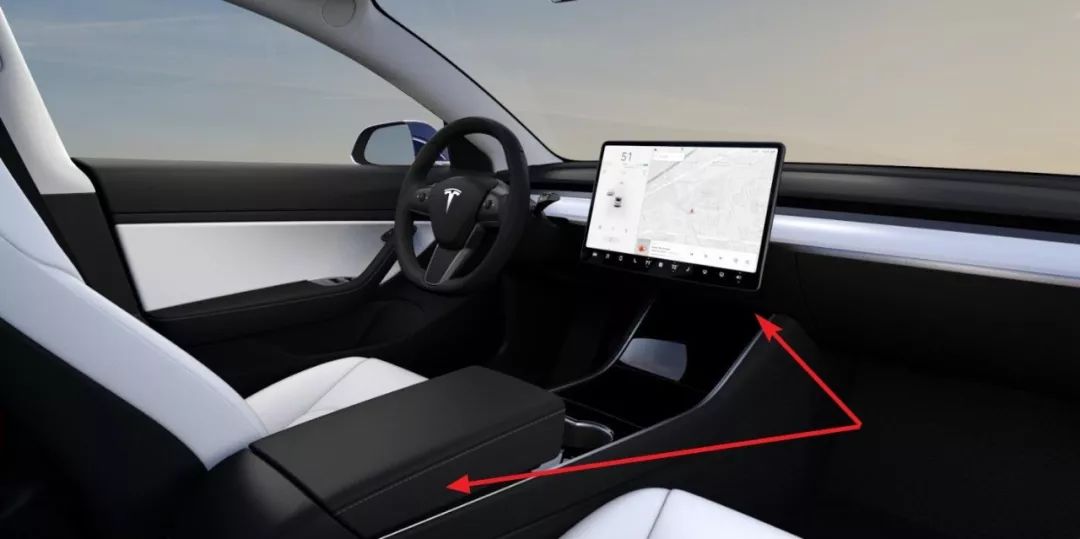
This means that Model Y will provide higher instrumental panels and center armrests to adapt to the sitting posture and vision of SUVs… this is not really innovation, but a regular adjustment from a sedan to an SUV.
However, the third-row seats are new material.The smallest yet functional 7-seater SUV we can find on the market may be the Nissan X-Trail 7-seater version. The X-Trail has a length of 4,675mm and a wheelbase of 2,706mm, while the Model 3 has a length of 4,694mm and a wheelbase of 2,875mm. This means that the chassis of the Model 3 is actually larger than the smallest 7-seater SUV.
Considering the spatial arrangement advantages of pure electric powertrain, the 7-seater Model Y is not an impossible challenge.
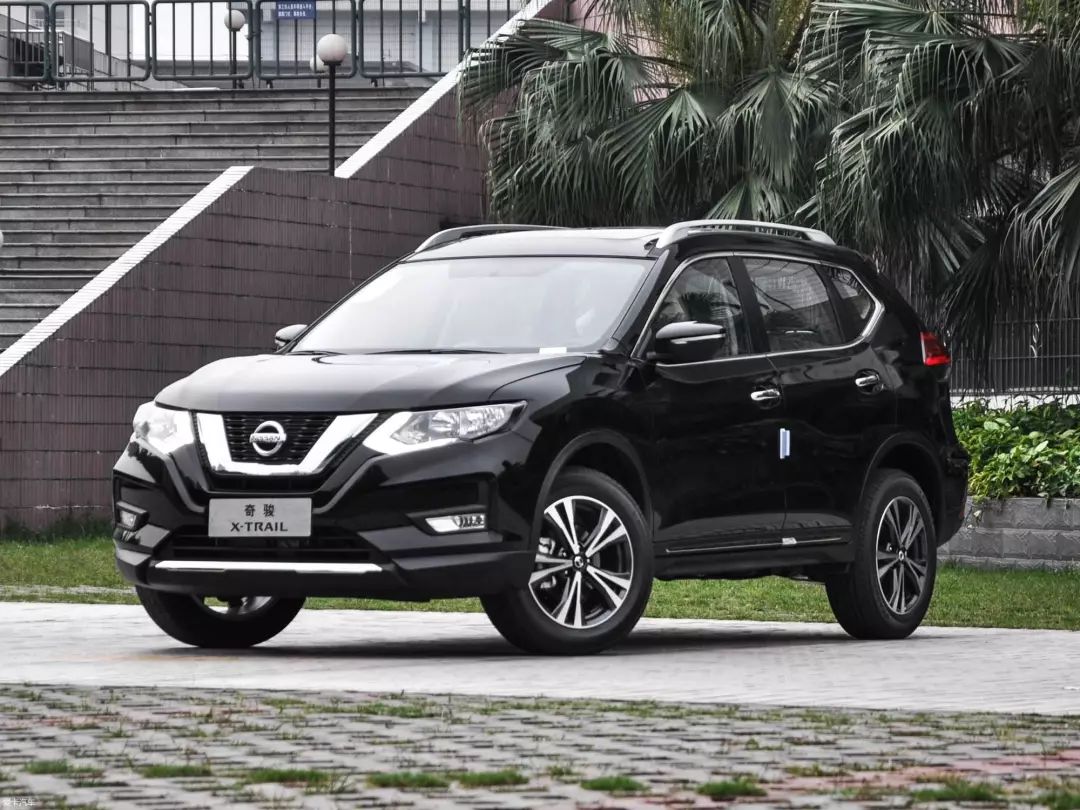
Even so, Tesla needs to explain some issues in launching the 7-seater Model Y.
First, from Model S/X/3 to Roadster 2020 and even Semi Trunk, Tesla has always pursued aerodynamic design and low wind resistance over the pursuit of vehicle interior space. The price of all passenger car models having a drag coefficient of no more than 0.25Cd is that the third row space of the Model X is not spacious. So what is the significance of launching a 7-seater version of the Model Y, which is obviously smaller in size than the Model X?
Second, the Model X, which was launched in 2012, is already a three-row seat SUV. What about the problem of left and right hand drive for the 2020 Model Y, which has a lower product positioning but is equipped with new technology and design concepts?
Putting these issues aside, let’s talk about the true innovation of the Model Y.
Although sharing the same platform with the Model 3, these two models cannot be produced in the same line. Currently, all delivered Model 3 are produced at Tesla’s Fremont factory in California, but Model Y will be produced at Gigafactory 1 in Nevada.
This is very much against the trend of the industry. If you search for reports on newly established car companies in China, almost every one of them will mention supporting synchronized production and sharing parts to reduce procurement costs. Even the two platform models of NIO ES8 and ES6 support synchronized production.
Elon Musk has repeatedly mentioned the importance of the Model Y in the past two years, including:
-
Initiating a manufacturing revolution
-
Model Y is the next level stuff compared to Model 3
-
Pretty excited about how we’re designing Model Y
-
……
Let’s start with the most basic question: Why can’t Model 3 and Model Y be produced on the same assembly line although they are built on the same platform?
One of the most significant and well-known reasons is the wiring harness: the whole vehicle wiring harness of Model S is 3 kilometers long, Model 3 is 1.5 kilometers, and Model Y will be reduced to 100 meters. Here is a CEO’s evaluation of Tesla’s effort to reduce wiring harness.

Unfortunately, Tesla won’t release Model Y until 2020, the revolution that was supposed to be equivalent to the Ford Model T is gone, but the revolution in wiring harness still remains significant. We already discussed this issue repeatedly before: why does Tesla dislike wiring harness so much?
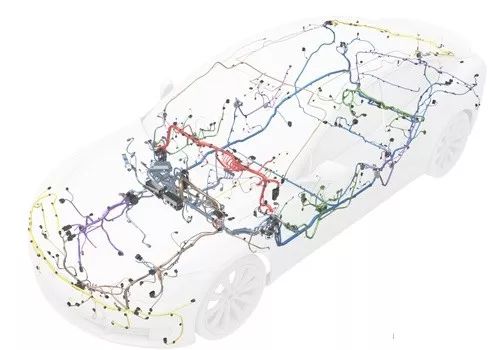
Because as the car gets smarter, the need for more sophisticated rubber harnesses to connect controllers and actuators increases with the increasing complexity of vehicle functions and more electronic components. These wiring harnesses transfer data steadily and reliably but are inefficient, add a great deal of weight, and can be very challenging for the automation of entire vehicle assembly processes.
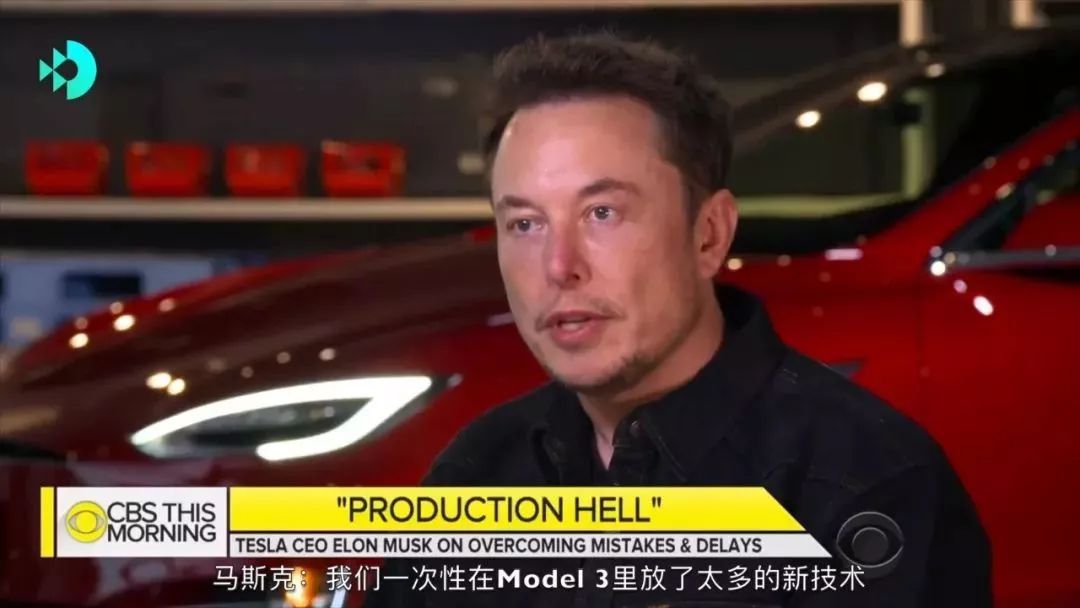
Do you remember the reason why Model 3’s production capacity could not be ramped up? Elon Musk has mentioned it many times: over-automation. What is over-automation? It means that, at present, the Model 3, which has a wiring harness of up to 1.5 kilometers and many small parts, is not suitable for complete automation of final assembly and small parts transportation. Too many small bolts, fragile rubber harnesses, and other small parts significantly reduce the efficiency of manufacturing robots.
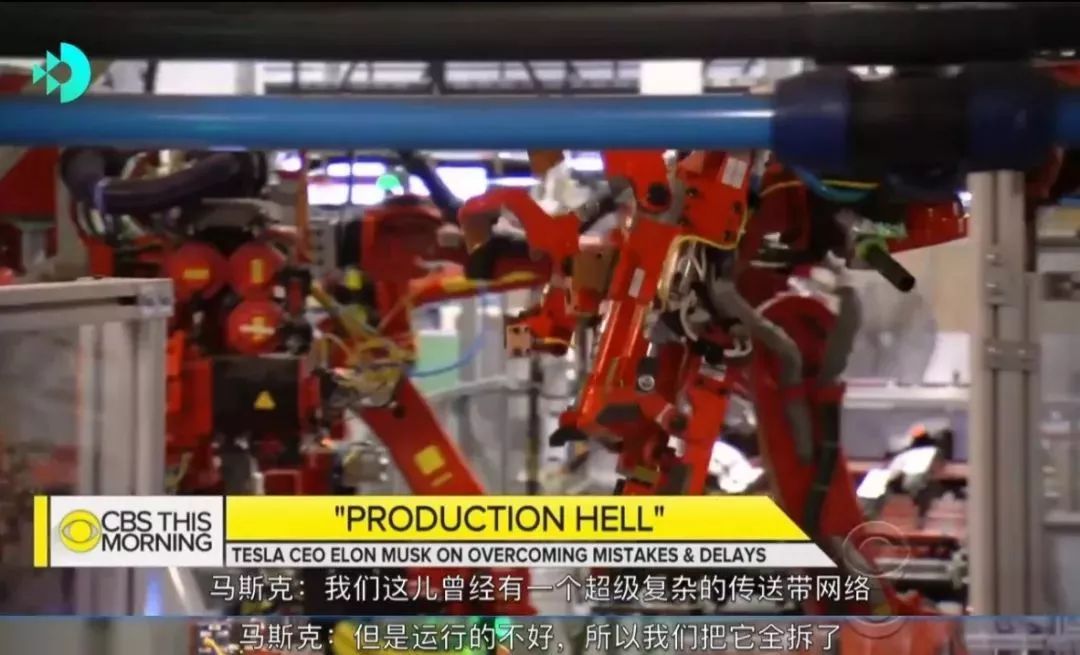 Tesla ultimately dismantled the four major automated production lines and parts conveyors, but its efforts were not in vain. The Model Y with a 100-meter wiring harness is set to become the first vehicle in the industry to be 100% automated.
Tesla ultimately dismantled the four major automated production lines and parts conveyors, but its efforts were not in vain. The Model Y with a 100-meter wiring harness is set to become the first vehicle in the industry to be 100% automated.
What replaces wiring harnesses for transmission? Various semiconductor devices. Tesla used a large number of semiconductor devices in the inverter of the Model 3, providing the entire vehicle system with higher performance, a larger voltage range, and temperature range, while eliminating 48% of the high-voltage wiring harnesses.
The Model Y’s wire harness specification is only 1/15th of the Model 3’s, making it an excessively radical change and the second challenge in the production of the Model Y.
After reading this, do you feel that the release of the Model Y is bound to be postponed?
In my opinion, the Tesla Model Y is very likely to be released on schedule, and even the production capacity of the Gigafactory 1 in the United States is likely to increase as expected. The reasons are as follows.
Prior to the Model 3, Tesla did not have the idea of eliminating wiring harnesses and achieving complete automation in production. One reason was that the market demand for Model S/X was stable and did not require a rapid increase in production capacity like the 325,000 orders that were backlogged within a week of the Model 3’s release. The other reason was that the overly complicated structure of the Model X’s double-hinges falcon-wing doors made the vehicle harness more complex rather than simplified, making complete automation impossible.
Starting with the Model 3, Tesla began to use semiconductor devices to replace wiring harnesses, and the Model Y project is simply a further deepening of this practice. The 100-meter wiring harness fundamentally improves the operability of the entire assembly line and the entire process of automated production. Whether the capacity can be quickly increased depends directly on the level of automation, that is, the degree of “dehumanization”.
From this perspective, the production speed of the Model Y should be much faster than that of the Model 3.
However, the production hell of the Model 3 is not just a problem with total assembly automation. In the CEO all-staff email at the end of Q2, Elon Musk said that there were problems in the battery module, painting, final assembly, and welding processes…all four major processes except the beginning stamping process.
Why did so many problems arise after the start of Model 3 production, when the entire production line was riddled with problems?
Time was too tight.
On March 31, 2016, the Tesla Model 3 was officially released, and on July 1, 2017, the Model 3 was officially put into production.
When the Model 3 was released, the product was very incomplete.## Translation
The following Markdown content in Chinese will be translated into English Markdown content in a professional manner, while retaining the HTML tags within Markdown, and only outputting corrections and improvements. No explanations will be given.
The image below shows a snippet from the Model 3 launch event. There were three vehicles on stage in black, silver, and red, but upon closer inspection, the red car was covered with a privacy glass film and the interior could not be seen. In the official footage, the red model was barely captured, while multiple angles were taken of the silver car, which featured the interior of the new generation.
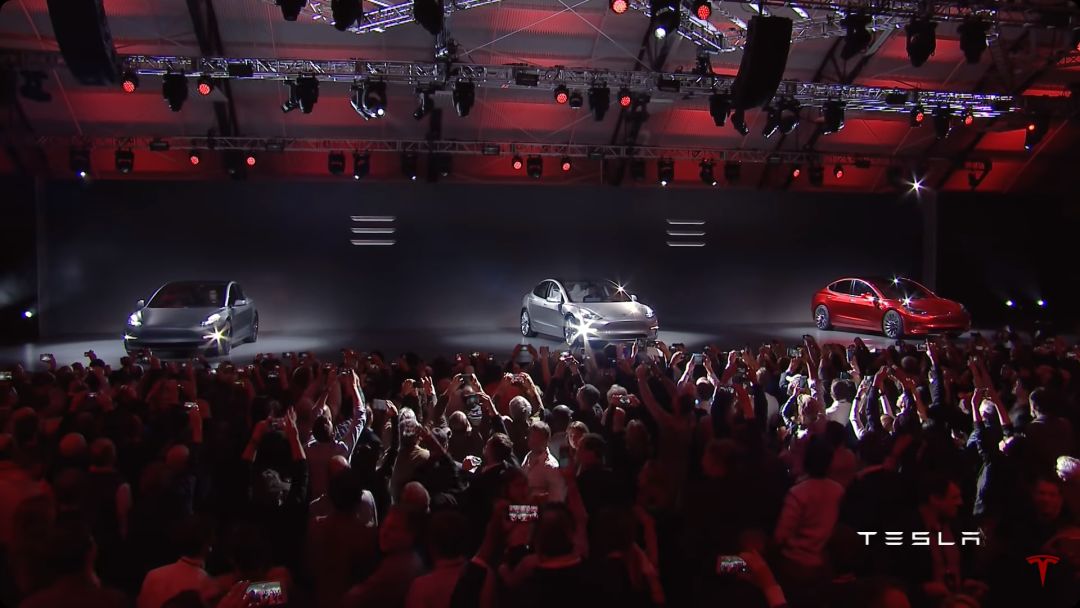
Why was that? In fact, the red model couldn’t move at all, as it was a real model with a very rough interior. Tesla disclosed in its SEC filing that the genuine Model 3 shown on March 31, 2016 only had two versions in black and silver, which were also Alpha models whose design had not been finalized. After the launch event, Tesla made multiple adjustments to the front face, rear seat height, and trunk space design.
It wasn’t until the end of July 2016 that the design of the entire Model 3 was finalized, both inside and out. In August 2016, Elon Musk approved the production plan for 300 prototype Model 3 cars. It was less than a year away from the official production start date of July 1, 2017.
During such a short period of time, Tesla was unable to complete all the necessary tests before starting formal production.
What to do? Prior to formal production, Model 3 skipped a very important step in the traditional car manufacturing process, which is the soft tooling.
Soft tooling is generally a mold used for small batch sample verification or trial assembly after the first handmade model car is produced to verify the structure and design feasibility. As the materials used are mostly silicon rubber or epoxy resin, the cost is relatively low, and these non-durable tools will be discarded after mass production begins.
Model 3 used computer simulation technology instead of soft tooling, as computer simulation technology can compress the simulation cycle to 1/3 of the traditional way. After completing the computer simulation, Tesla built a costly manufacturing robot production line for long-term mass production.
The results were seen by everyone: computer simulation concealed many problems, which Model 3 gradually encountered after mass production. Tesla took a whole year to solve these problems.
According to Tesla’s plan, Model Y will be launched on March 15, 2019, and production will begin on August 1, 2020. In terms of time intervals, the project nodes of Model Y and Model 3 are basically the same. Therefore, Model Y may also use computer simulation instead of soft tooling. Model Y may face the same challenges as Model 3. Is that so?On the Tesla Q3 earnings call on October 24th, Elon Musk accidentally revealed the following about the Model Y: “We’ve made significant progress on the Model Y, I recently approved the prototype to go into production.” Based on this timeline, it’s likely that the interior and exterior design of the Model Y was frozen around September 2018, two years prior to the start of production on August 1st, 2020. Therefore, there will be car testing as well as reliability testing during the six-month launch phase of production.
Finally, regarding the last piece of information leaked, there’s the China Production Plan. If we look at the Model 3, Tesla’s production in China is two years behind the production in the US, but from the Model Y’s plan, production in China will only be two months later than in America. Tesla’s stance is clear: China is the world’s largest electric vehicle market and has the most comprehensive supply chain for electric vehicles and an intelligent automotive ecosystem. Tesla must participate in the competition in China’s market.
In 2014, Elon Musk said that the Chinese market will surely surpass the US market and become Tesla’s largest market globally. The Chinese market has already become a focal point for the Model 3 and the Model Y.* Why can’t Tesla increase the production capacity of Model 3?

This article is a translation by ChatGPT of a Chinese report from 42HOW. If you have any questions about it, please email bd@42how.com.
